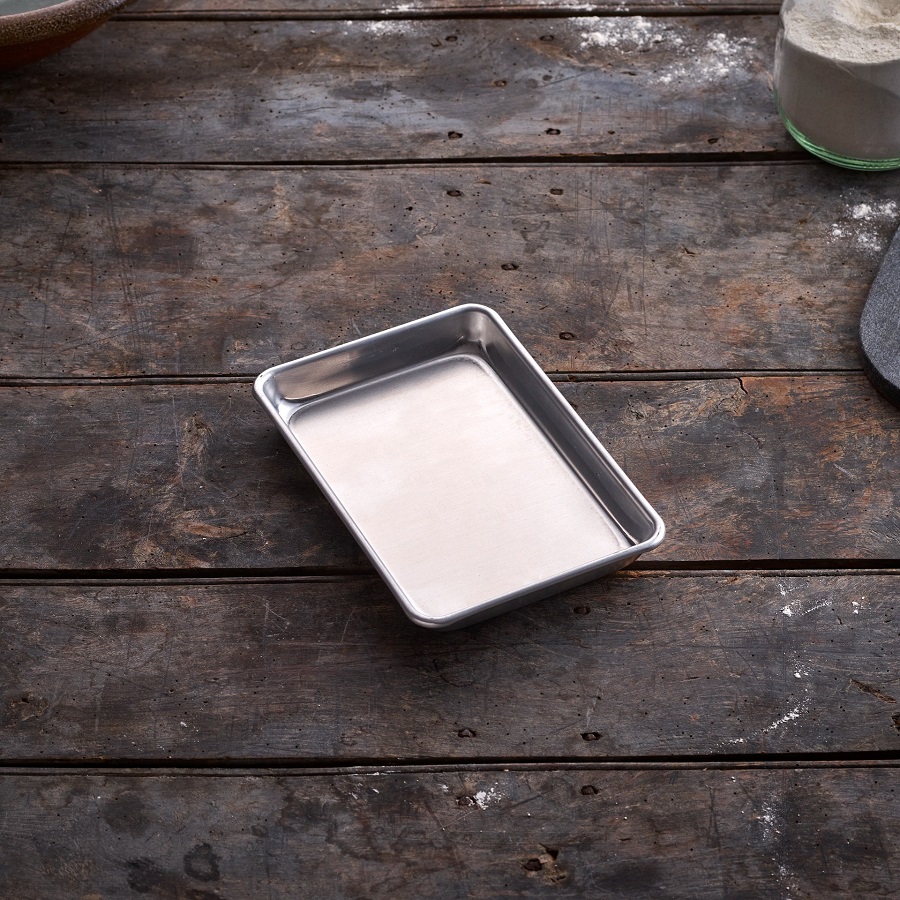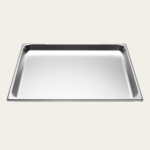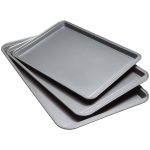Introduction
When it comes to baking, the right tools can make all the difference. Among the various tools in your kitchen arsenal, baking sheets are some of the most versatile and essential pieces of equipment. However, with a myriad of sizes, materials, and designs, how do you choose the best baking sheet for your culinary creations? In this guide, we’ll break down the different baking sheet sizes, their specific uses, and help you pick the perfect one for your kitchen needs.
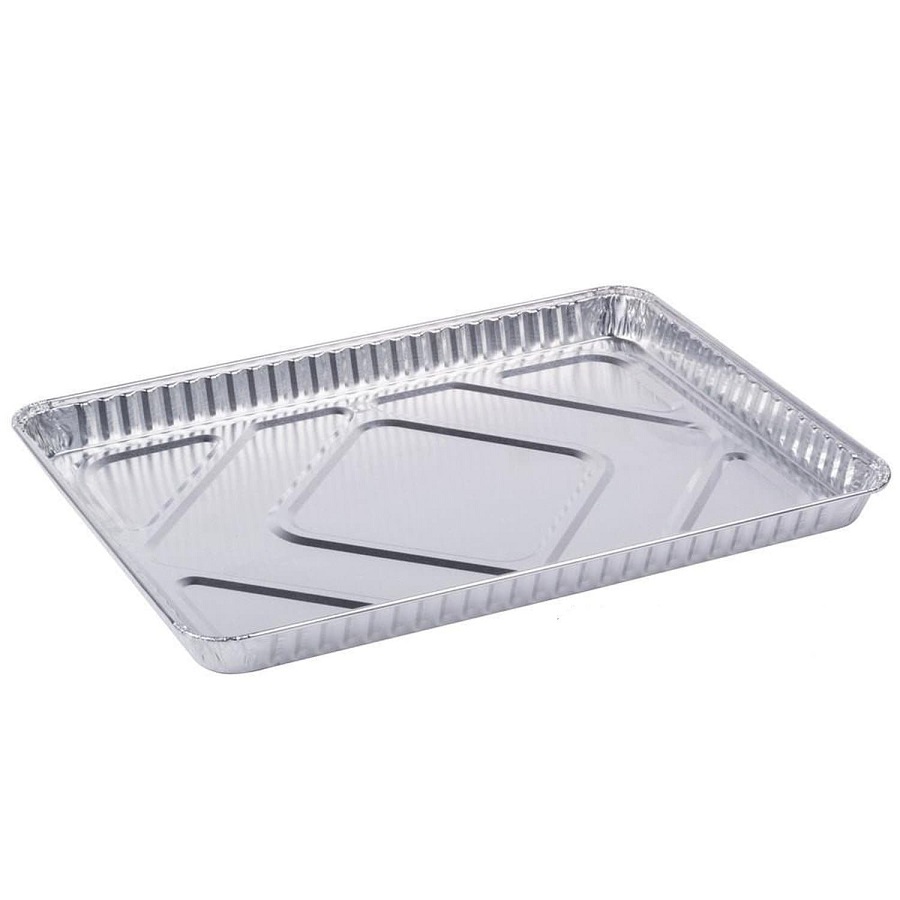
What is a Baking Sheet?
A baking sheet, also known as a sheet pan or cookie sheet, is a flat, rectangular metal pan used in the oven for baking various items, from cookies and pastries to roasted vegetables and meats. Baking sheets come in different materials, such as aluminum, stainless steel, and non-stick coated surfaces. The choice of material can affect the baking process and the final outcome of your baked goods.
Common Baking Sheet Sizes
Baking sheets typically come in a few standard sizes, which can be slightly different depending on the manufacturer. Here are the most common sizes you’ll encounter:
Half Sheet Pan (18 x 13 inches):
The half sheet pan is the most commonly used size in home baking. Its ample surface area makes it ideal for baking a dozen cookies or a batch of brownies. It can also be used for roasting vegetables or preparing sheet cakes. Half sheet pans fit perfectly in standard home ovens, and many bakers keep two or three on hand to accommodate larger batches.
Quarter Sheet Pan (9 x 13 inches):
A quarter sheet pan is one-fourth the size of a half sheet pan and is perfect for smaller baking tasks. It’s great for baking smaller batches of cookies, making mini sheet cakes, or when you’re roasting a small amount of vegetables or meats. They are often used in combination with half sheet pans when you need to bake different items simultaneously.
Full Sheet Pan (26 x 18 inches):
Usually found in commercial kitchens, full sheet pans have a larger surface area that can accommodate bigger batches of food, such as cookies, cakes, and other baked goods. However, they may not fit in standard home ovens without difficulty. They are ideal for professional bakers or those who frequently host large gatherings.
Jelly Roll Pan (15 x 10 inches):
A jelly roll pan is a specialized type of baking sheet designed for making rolled cakes and cookies. Its raised edges help contain the batter while providing a non-stick surface to ease removal. While it can accommodate smaller portions, it is particularly useful for baking items like sponge cakes, which are then rolled with filling.
Pizza Pan (various sizes):
Pizza pans, unlike traditional baking sheets, typically have a raised rim and, in some cases, perforations for even cooking. They come in various sizes for personal, small, or large pizzas. Some bakers prefer using a pizza stone for a crisper crust; however, a pizza pan can yield great results with proper technique.
Unique Shapes and Specialty Baking Sheets
In addition to standard rectangular shapes, there are specialty baking sheets available:
- Round Baking Sheets: Often used for pizzas, cakes, or pies, they come in different diameters.
- Baking Mats: While not sheets themselves, silicone baking mats can be used on top of standard sheets for non-stick functionality.
- Baking Pans: More rigid and often with defined shapes, like loaf pans, muffin tins, and cake pans, are designed for specific baked goods.
Understanding Material Choices
Baking sheets come in various materials, each affecting baking outcomes:
- Aluminum: This is the most common material for baking sheets. Aluminum conducts heat well, ensuring even baking. It’s lightweight but may warp at high temperatures. Look for anodized aluminum for a more durable option.
- Stainless Steel: These are heavy-duty and do not warp easily. However, stainless steel pans don’t conduct heat as well as aluminum, so you might need to adjust baking times.
- Non-stick Coated: These baking sheets have a coating that prevents sticking and makes for easy cleanup. However, over time, the coating can wear off, so they may need to be replaced more frequently.
Tips for Choosing the Right Baking Sheet
When selecting a baking sheet, consider the following:
- Purpose: Think about what you’ll be baking most frequently. If you’re a cookie lover, start with a few half sheet pans. If you enjoy roasting, consider a few sturdy options.
- Material: Decide what type of material best meets your needs, keeping in mind issues such as non-stick properties, durability, and heat conductivity.
- Storage Space: Consider your storage capabilities. If you’re limited on space, it might be best to opt for versatile sizes, such as half and quarter sheet pans, that can be stacked.
- Weight: Heavier pans like stainless steel tend to be sturdier and more durable, though they may be more challenging to maneuver in and out of the oven.
- Cleaning Ease: Non-stick pans offer convenience, but they may require special cleaning techniques. Evaluate whether you’d prefer the ease of a non-stick surface or the durability of aluminum or stainless steel.
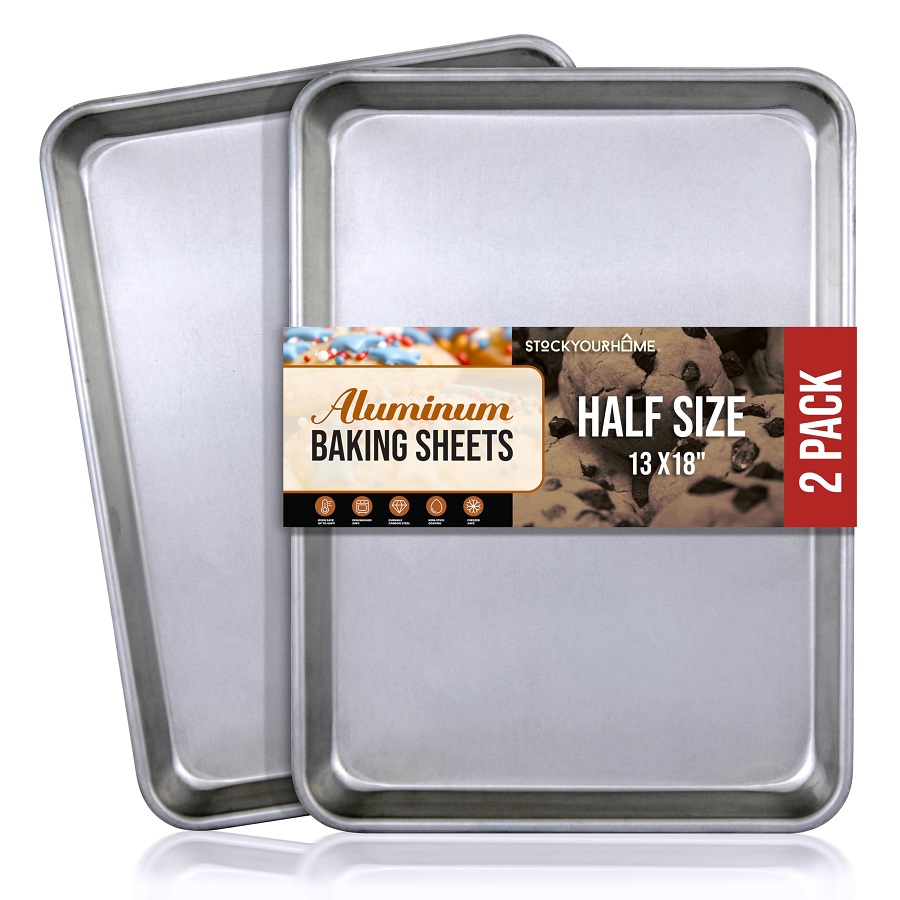
Understanding Baking Sheet Sizes
Baking sheets, sometimes referred to as cookie sheets or jelly roll pans, come in various sizes and shapes to accommodate different recipes and cooking methods. The most common sizes in the United States include:
1. Standard Half Sheet
- Dimensions: 18 x 13 inches (46 x 33 cm)
- Usage: This size is perhaps the most popular among home bakers. It’s perfect for cookies, roasting vegetables, baking sheet cakes, and even air-frying. Many home ovens can accommodate two half sheets side-by-side, making it ideal for multitasking in larger bakes.
2. Quarter Sheet
- Dimensions: 9 x 13 inches (23 x 33 cm)
- Usage: A quarter sheet is ideal for smaller batches of cookies or for recipes that require less surface area. It’s also great for warming up sides or single servings. They are perfect for toasting nuts or baking small desserts without taking up too much room.
3. Full Sheet
- Dimensions: 26 x 18 inches (66 x 46 cm)
- Usage: Typically used in commercial kitchens or for large-scale baking, full sheets can hold significantly more food, making them perfect for catering events, large parties, or when you simply need to bake a lot at once. While they won’t fit in a standard home oven, they work well for those with commercial ovens or larger convection ovens.
4. Jelly Roll Pan
- Dimensions: 15 x 10 inches (38 x 25 cm)
- Usage: This is a smaller, deeper pan typically used for making cakes that can be rolled, like the classic Swiss roll. It’s also versatile enough for sheet cakes or roasting a small amount of veggies.
5. Air Fryer Baskets and Sheets
- Custom Sizes: These vary depending on the air fryer model.
- Usage: As air fryers rise in popularity, many people are investing in specifically designed air fryer sheets. Depending on your model, these sheets have dimensions tailored to fit snugly within the basket.
Material Matters: Types of Baking Sheets
While size is crucial to your baking needs, the material of the baking sheet often affects the outcome of your baked goods. Here’s a quick rundown of the most common materials:
Aluminum
- Pros: Excellent heat conduction, lightweight, and affordable. Most professional bakers prefer aluminum for cookies and pastries, as it helps to achieve a perfectly golden bottom.
- Cons: Prone to warping in high heat and can react with acidic ingredients.
Steel
- Pros: Very durable, often thicker than aluminum, and can resist warping. Steel baking sheets often feature non-stick coatings for easy release and cleanup.
- Cons: They may take longer to heat up than aluminum but maintain heat well once they are hot.
Non-Stick
- Pros: Coated with Teflon or other non-stick materials, these sheets make for hassle-free baking and easy cleanup. They are great for sticky items like cinnamon rolls or glazed cookies.
- Cons: Can scratch easily and may have a shorter lifespan than uncoated pans. You must be cautious with utensils.
Silicone
- Pros: Flexible, non-stick, and can withstand high temperatures. Silicone baking mats can be placed on top of any baking sheet, allowing them to be reused thousands of times.
- Cons: Does not conduct heat as well as metal sheets, which can lead to uneven baking of certain items.
Choosing the Right Sheet for Your Recipe
When you’re ready to bake, it’s important to match your baking sheet to your recipe to achieve the best results. Here are some guidelines:
Cookies
For cookies, half sheets are usually ideal due to their size. Choose aluminum sheets for even baking. The non-stick variety is also popular for getting the cookies out effortlessly.
Roasting Vegetables
For roasting, the half sheet is perfect, as it provides ample space and good airflow around the vegetables, allowing them to caramelize beautifully. Using a sheet with a rim can help catch any drippings.
Cakes and Brownies
For sheet cakes or brownies, use a half or quarter sheet pan depending on the size you require. Be mindful of the material, as non-stick options allow for easier removal after cooling.
Pizza
For making pizza, a full-size sheet can accommodate larger pies, while a thicker pan can produce crispier crusts due to better heat retention.
Pastries
If you’re working with puff pastry or flaky dough, consider a jelly roll pan for its depth which will accommodate those layers without spilling.
Maintenance and Cleaning
To prolong the life of your baking sheets, proper maintenance is key:
- Regular Cleaning: Avoid putting baking sheets in the dishwasher unless they are labeled safe; otherwise, hand wash them to prevent warping and preserve non-stick properties.
- Avoid High Heat: For non-stick pans, do not expose them to extremely high temperatures. Check the manufacturer’s heat guidelines.
- Store Properly: If possible, stack your sheets with parchment paper between them to avoid scratches.
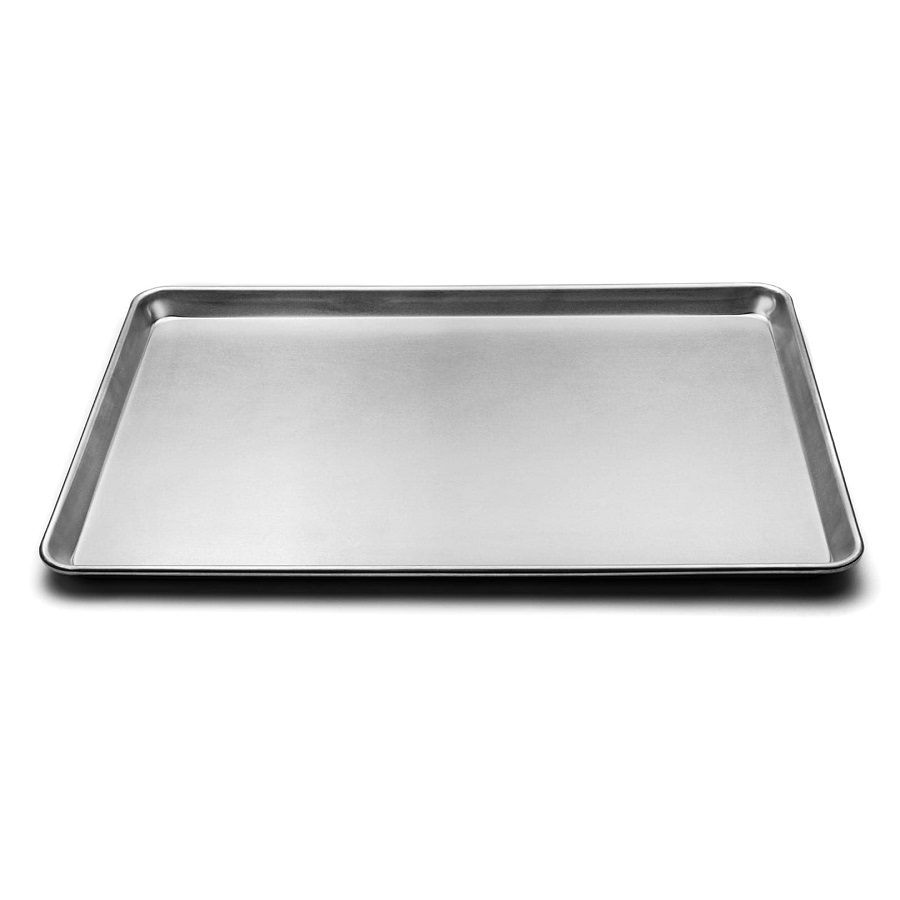
Conclusion
Understanding the various baking sheet sizes and types is an integral part of becoming a successful home baker. By acknowledging the distinctions between sizes, materials, and their respective functions, you can make informed decisions tailored to your baking style. Whether you’re whipping up cookies for a school bake sale or preparing a grand feast for family gatherings, the right baking sheet can make all the difference in achieving delicious outcomes. Embrace the world of baking sheets, and you’ll be well on your way to mastering your baking endeavors!
